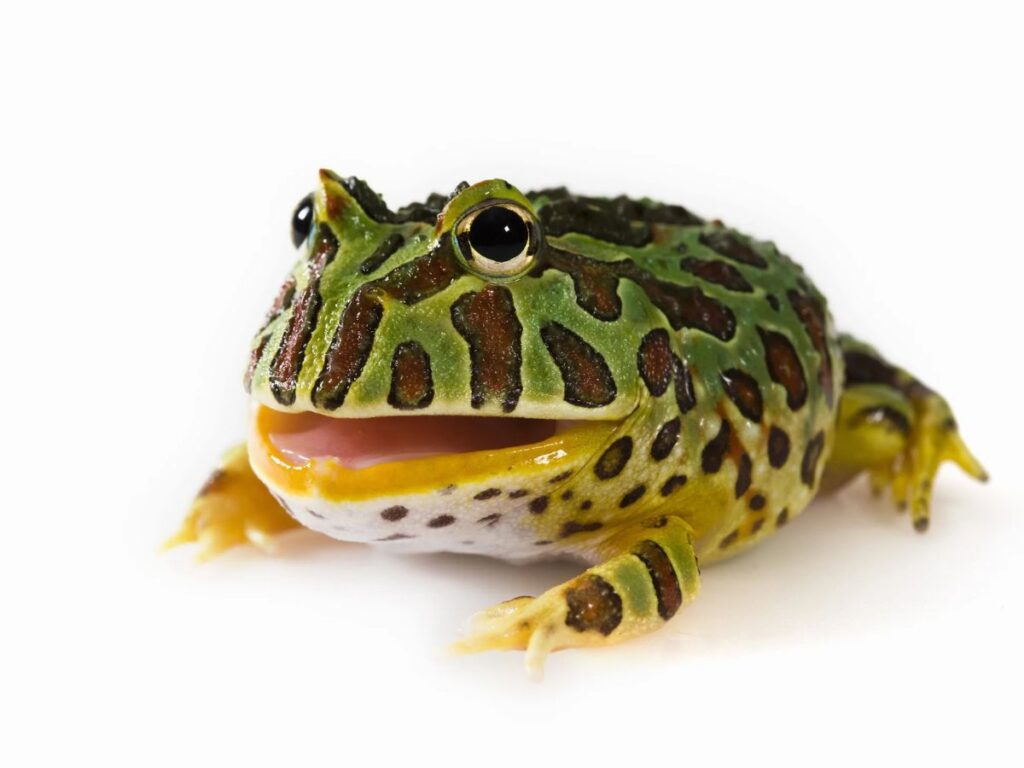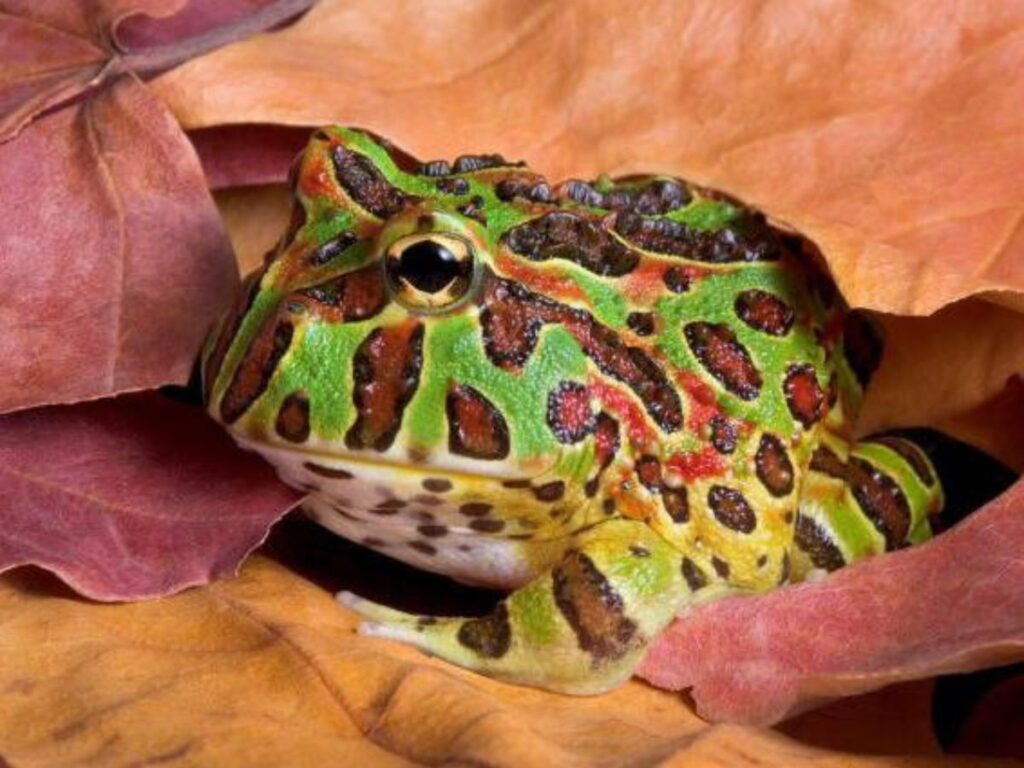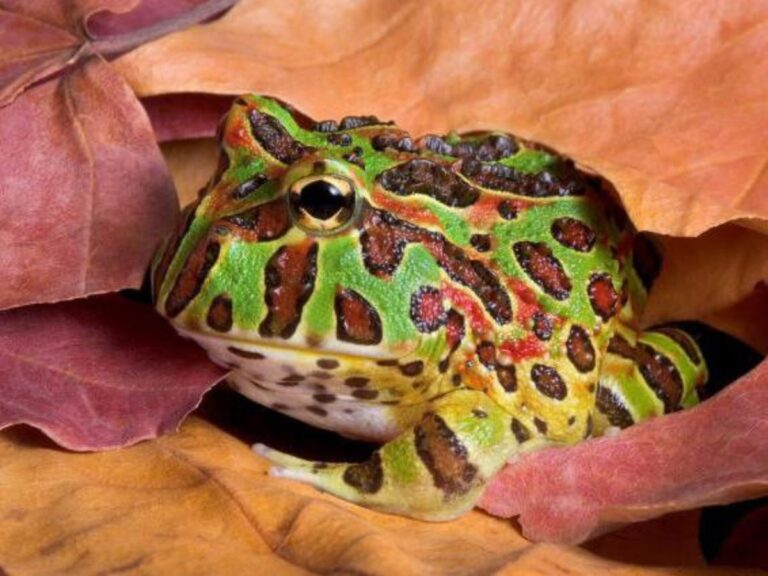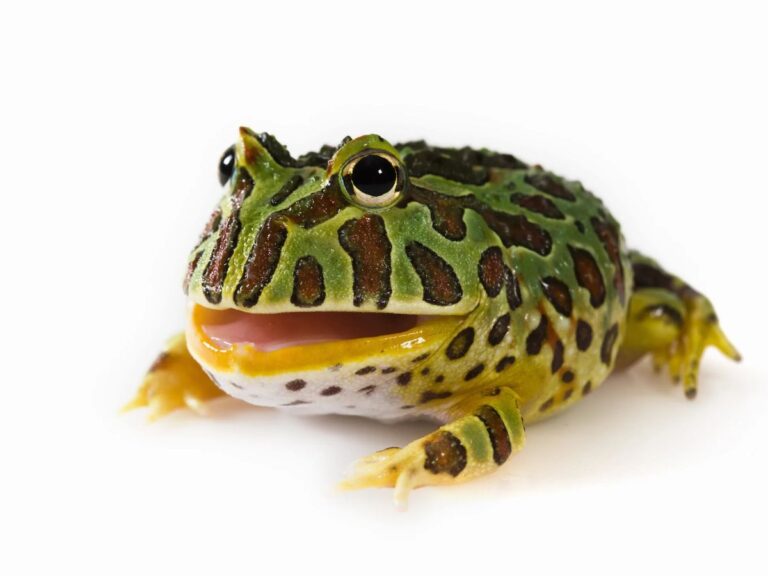🐸 Where Do Pacman Frogs Live in the Wild?
Understanding the Natural Habitat of the Horned Frog
Where Do Pacman Frogs Live in the Wild? - At a Glance
Pacman frogs live in the warm, humid grasslands, tropical forests, and seasonal wetlands of South America—mainly in Argentina, Brazil, Paraguay, and surrounding countries. They burrow into soft soil, hiding during the day and emerging at night, especially during rainy seasons.
Pacman frogs are well-known in the exotic pet world for their round bodies and huge mouths—but in the wild, they’re elusive, camouflaged predators that thrive in specific South American ecosystems.
In this article, you’ll learn:
Where Pacman frogs are found in the wild
The types of environments they live in
How they survive extreme seasons
What their wild habits reveal about captive care
Why habitat preservation is so important
Countries Where Pacman Frogs Are Native
Pacman frogs belong to the Ceratophrys genus, which includes several species. These frogs are endemic to South America, meaning they’re naturally found nowhere else.
Native Range Includes:
Argentina (home to C. ornata, C. cranwelli)
Brazil
Paraguay
Uruguay
Bolivia
Northern parts of Ecuador and Colombia (for some species)

Natural Habitat of Pacman Frogs
Despite being called “forest frogs,” most Pacman frogs prefer lowland environments that offer:
Loose, moist soil for burrowing
Dense vegetation or leaf litter for cover
Shallow seasonal pools for breeding
Stable humidity and warm temperatures
Common Habitats:
| Habitat Type | Description |
|---|---|
| Humid grasslands | Open, soft-soil areas with scattered brush |
| Tropical rainforests | Shady, humid zones with leaf litter buildup |
| Seasonal floodplains | Seasonal floodplains |
| Subtropical woodlands | Cooler forests with moss and soil for burrowing |
Climate and Environmental Conditions
| Condition | Wild Frog Preference |
|---|---|
| Temperature | 75–85°F (24–29°C) year-round |
| Humidity | 60–80% average; higher in wet season |
| Rainfall | Heavy rains trigger breeding and activity |
| Light | Dappled shade—Pacman frogs avoid direct sun |
Pacman frogs are nocturnal and spend most of their lives buried underground.
They emerge to eat, mate, and soak when moisture levels are ideal.

How Pacman Frogs Survive Harsh Conditions
During dry or cold seasons, Pacman frogs enter a state called aestivation—a dormancy period where they:
Burrow deep into moist soil
Form a protective cocoon to prevent dehydration
Remain underground until the rainy season returns
What Do Pacman Frogs Eat in the Wild?
In their natural environment, Pacman frogs eat:
Insects (crickets, beetles, ants)
Worms and small invertebrates
Small reptiles or amphibians
Occasionally rodents or birds (for large adults)
They are ambush predators, relying on camouflage and patience to catch prey.

Why Wild Habitats Matter
Pacman frogs play a critical role in the food chain as both predator and prey. But their ecosystems are under threat from:
Deforestation
Agricultural expansion
Wetland drainage
Climate change
Protecting these environments supports biodiversity and helps prevent species decline.
What This Means for Captive Care
Knowing how Pacman frogs live in the wild can help you recreate a better enclosure at home. Try to simulate:
Deep, moist substrate for burrowing
Stable warmth and humidity
A dark, quiet hide
A seasonal rhythm with day-night and wet-dry cycles
Final Thoughts
Pacman frogs may be popular pets, but their true roots are in the lush, rain-fed soils of South America. Understanding their wild lifestyle helps you become a better, more ethical keeper—and a stronger advocate for amphibian conservation worldwide.
🙋♀️ FAQ: Wild Pacman Frog Life
Q: Do Pacman frogs live in trees?
A: No. They are strictly terrestrial, living on or below the ground.
Q: How far do they travel?
A: Very little. Pacman frogs are sedentary, ambushing prey instead of roaming.
Q: Are wild Pacman frogs endangered?
A: Some species are considered vulnerable due to habitat loss. Conservation efforts are ongoing.




